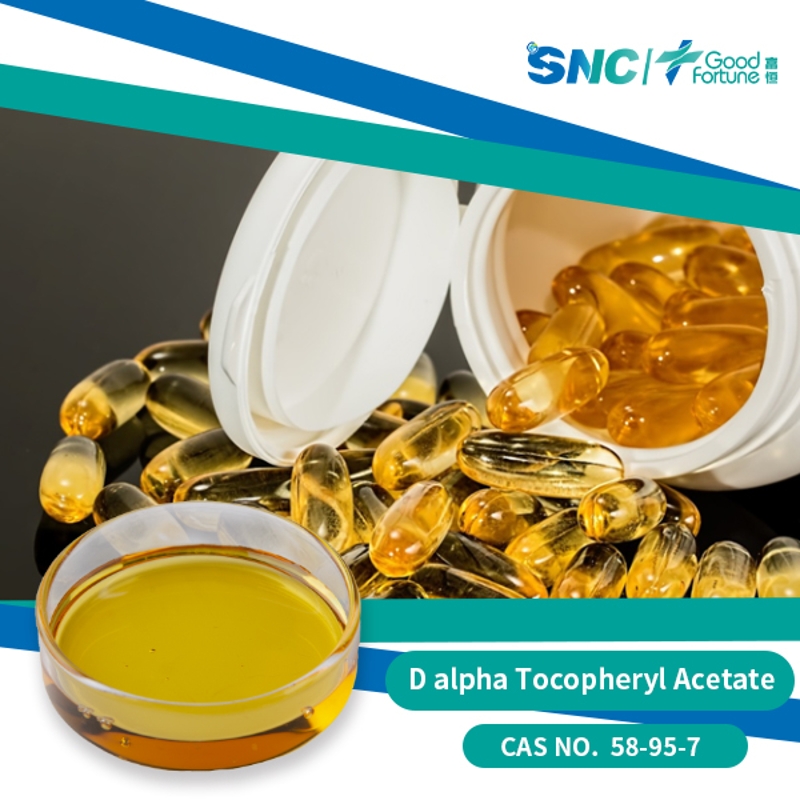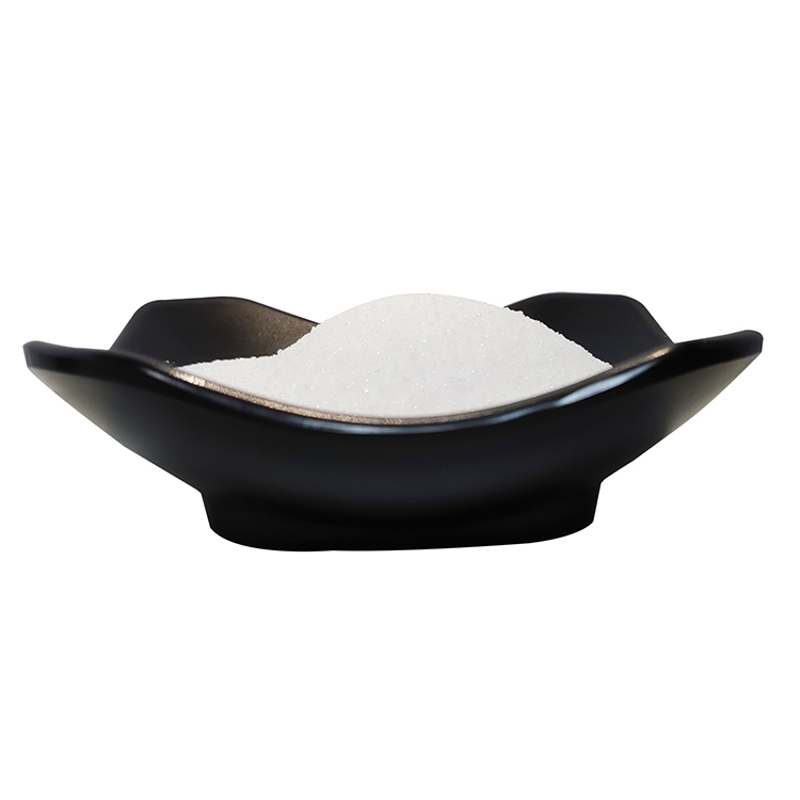-
Categories
-
Pharmaceutical Intermediates
-
Active Pharmaceutical Ingredients
-
Food Additives
- Industrial Coatings
- Agrochemicals
- Dyes and Pigments
- Surfactant
- Flavors and Fragrances
- Chemical Reagents
- Catalyst and Auxiliary
- Natural Products
- Inorganic Chemistry
-
Organic Chemistry
-
Biochemical Engineering
- Analytical Chemistry
-
Cosmetic Ingredient
- Water Treatment Chemical
-
Pharmaceutical Intermediates
Promotion
ECHEMI Mall
Wholesale
Weekly Price
Exhibition
News
-
Trade Service
Zhu Jing, associate researcher, Beijing Institute of Nutritional Sources
Breast milk is a natural gift from mother to baby.
A new born baby is a fragile new life
An important component of breast milk are human milk oligosaccharides (HMOs), which are substances that cannot be broken down by the baby's digestive enzymes and are the third most abundant component in breast milk, with more than 1,000 different structures found
The structures of breast milk oligosaccharides are extremely complex and diverse, and the understanding of them is still deepening
Another important class of ingredients is protein
Not only that, these varieties have thousands of various proteins, which can also snatch the raw materials for pathogen growth, regulate intestinal flora, prevent pathogens from binding to intestinal receptors, and improve intestinal permeability, thereby protecting babies from these diseases.
70% of the proteins in breast milk are glycoproteins, that is, oligosaccharides are attached to the peptide chains of proteins.
With the continuous research on the composition of breast milk and its functions, these special codes of maternal love will hopefully be unraveled one by one
"China Food News" (03 edition on August 4, 2021)
(Editor in charge: Zhou Yan)







